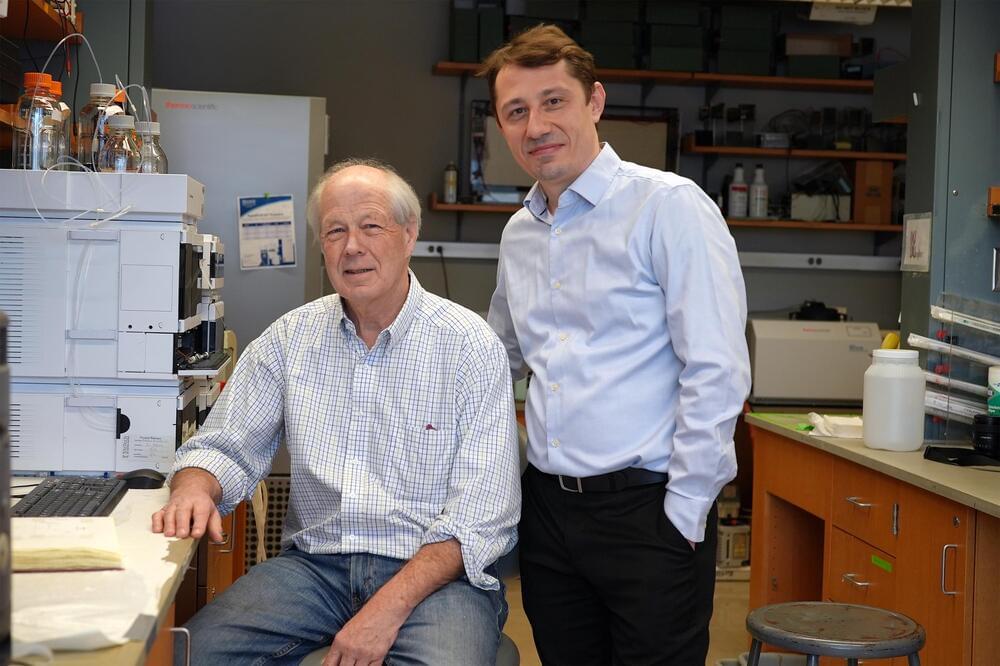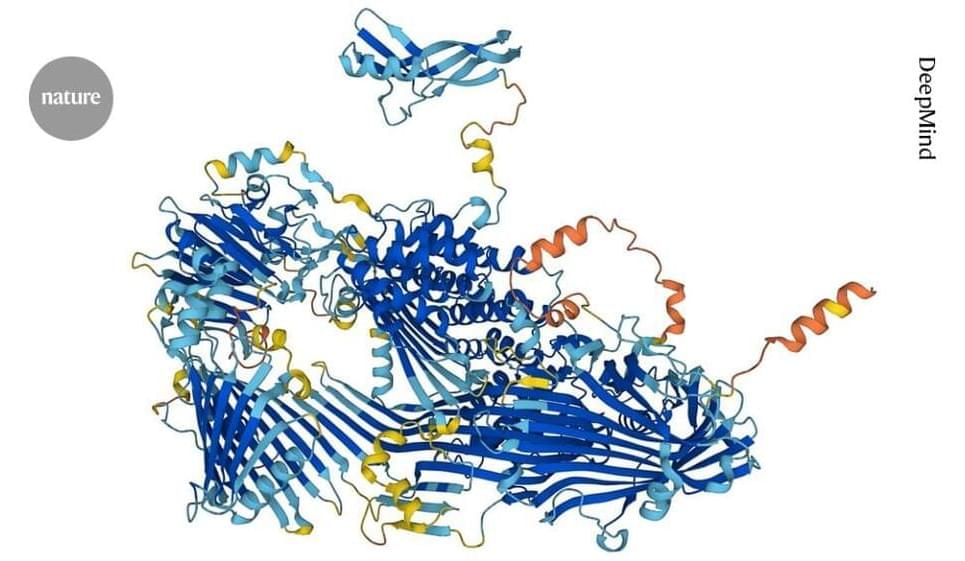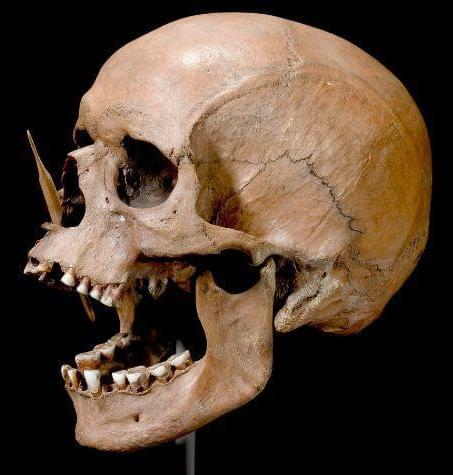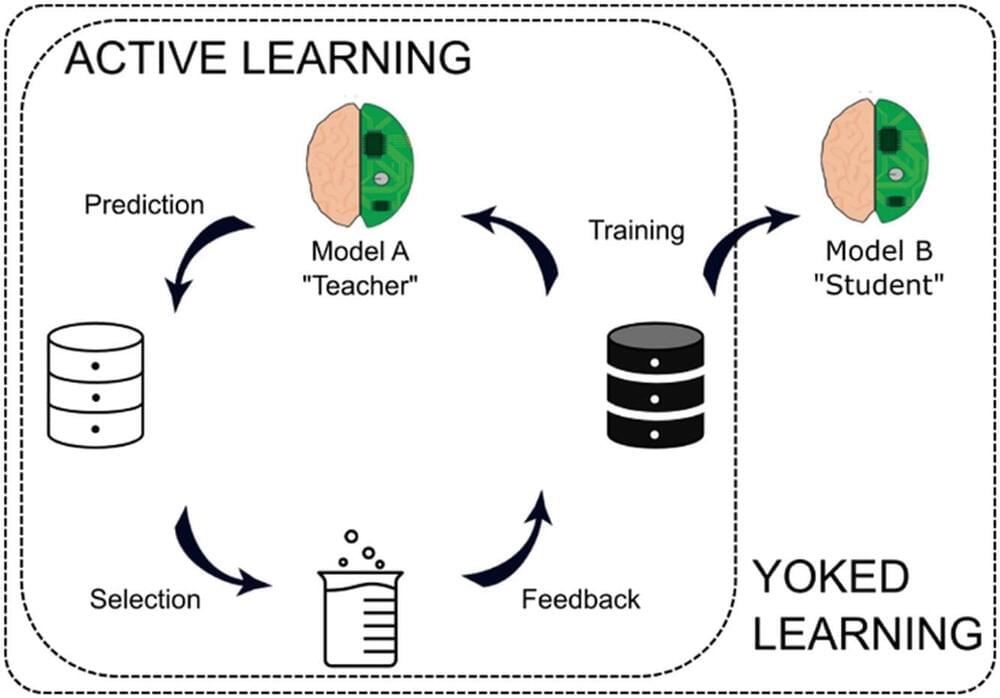Low mental health associated with worse outcomes after total hip arthroplasty suggests a new study published in the Archives of Orthopaedic and Trauma Surgery.
Poor mental health is difficult to recognize and as a result, its association with recovery from total joint arthroplasty is difficult to assess. The purpose of this study was to investigate the relationship between overall mental health scores and outcomes in the early postoperative period following unilateral total hip arthroplasty (THA). This is a retrospective review of prospectively collected data involving 142 patients who underwent primary unilateral THA. Independent variables included patient demographics and preoperative Patient-Reported Outcomes Measurement Information System (PROMIS), Global Physical Health (GPH) and Global Mental Health (GMH) and Hip Disability and Osteoarthritis Outcome Score, Joint Replacement (HOOS JR) scores as well as diagnoses of depression or anxiety.








